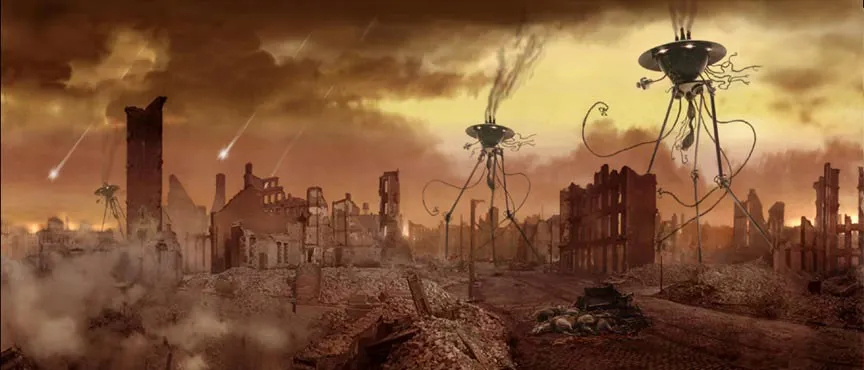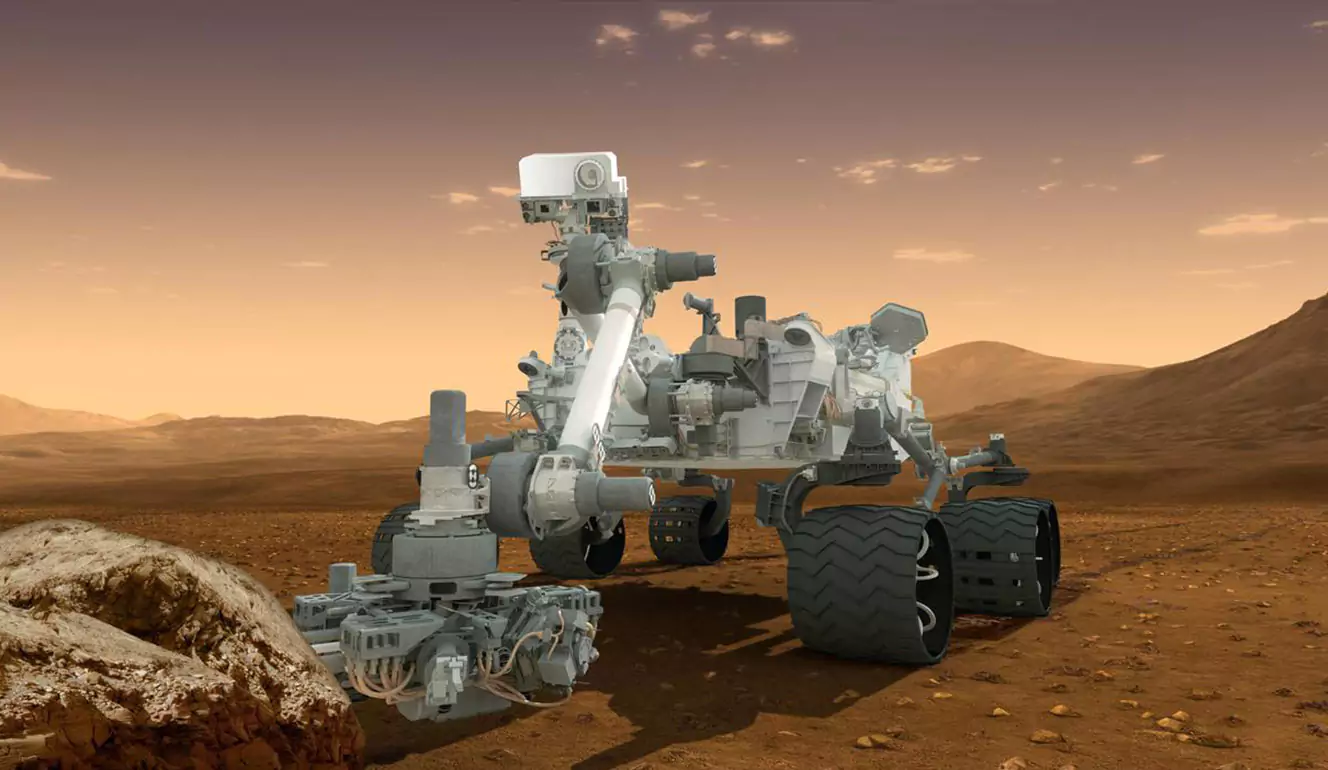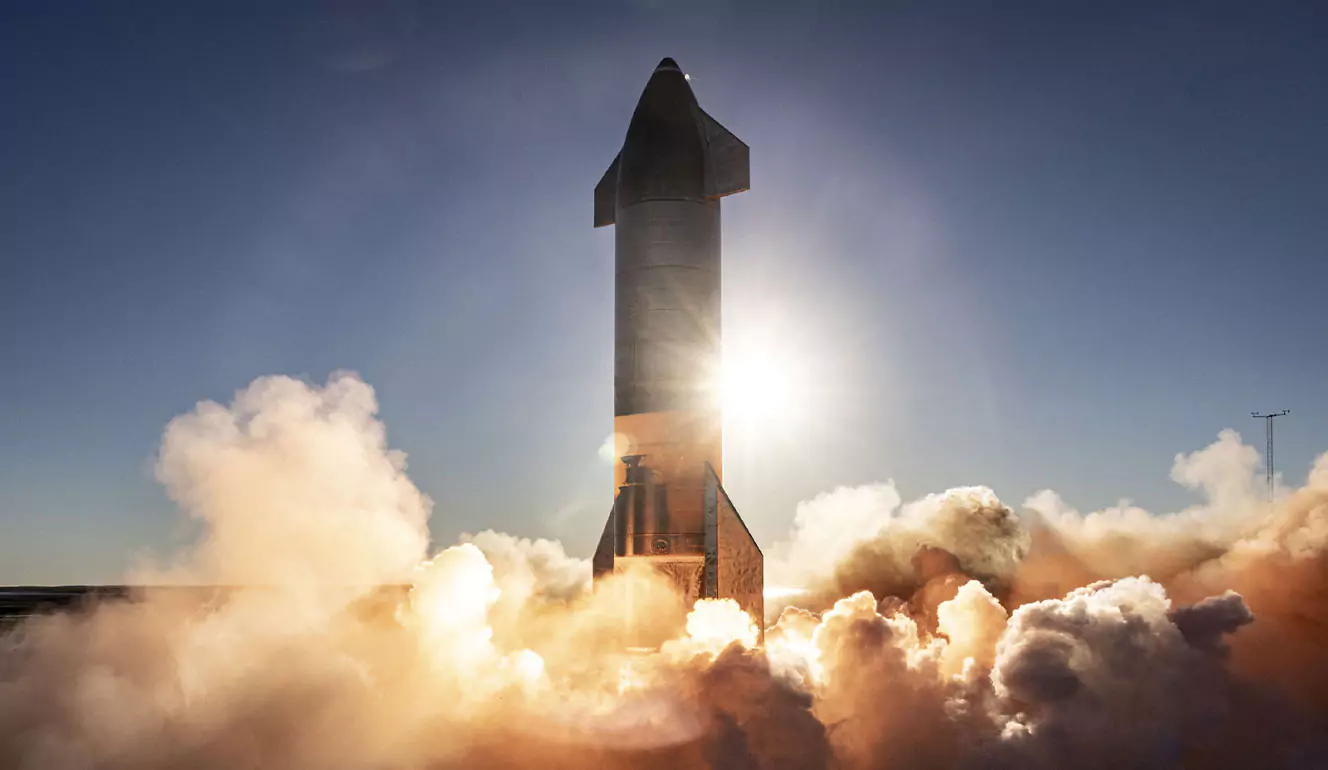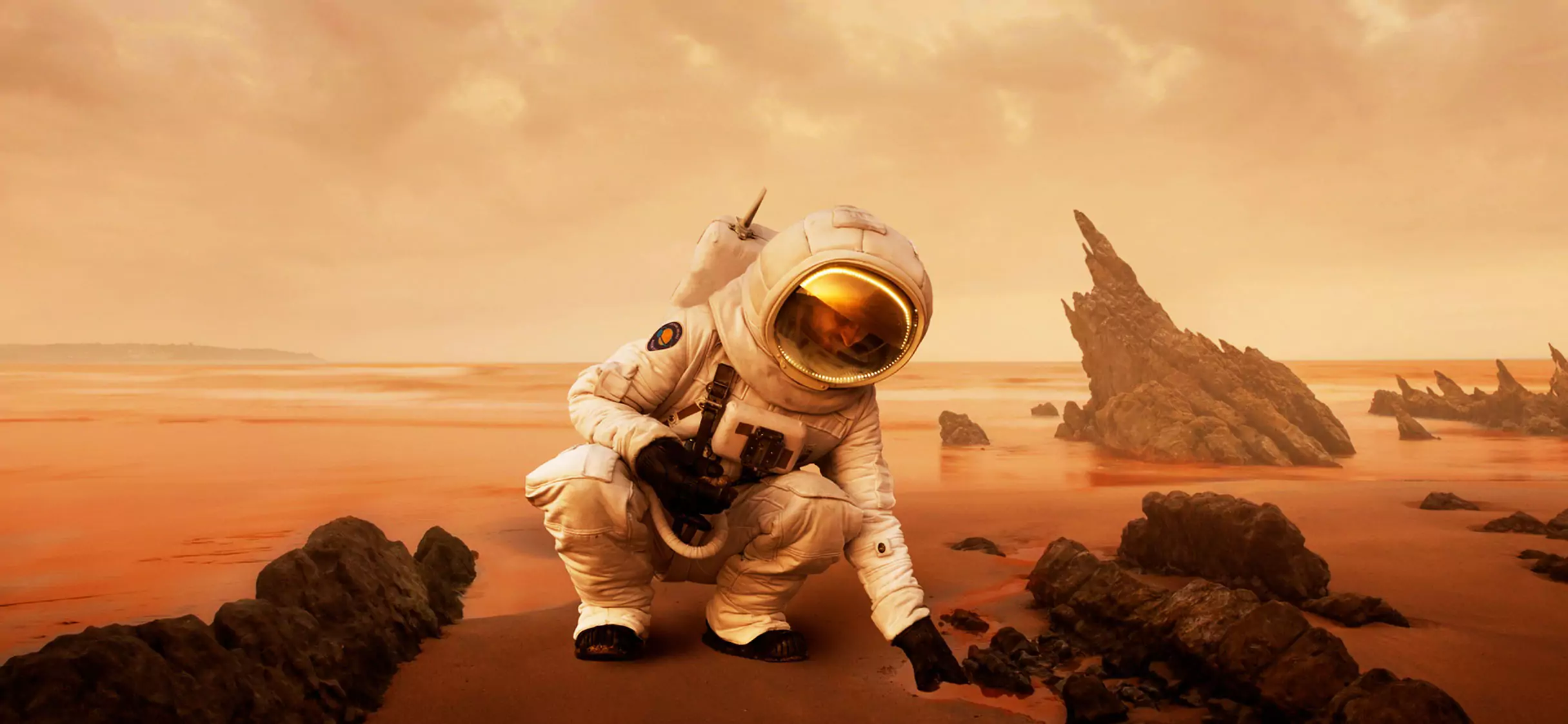As astronomer Percival Lowell peered at a red spot with his telescope at the turn of the 19th century, what he saw next blew his mind. He thought he saw what appears to be signs of an advanced civilization on Mars. He studied Mars extensively and was convinced that aliens build canals to bring water from the polar ice caps to the equator.
Let’s take a trip to the future~

Although it was largely disproved especially with the Mariner space probe, it fueled the imagination of the public even up to today. Pop icons like ‘War of the Worlds’ and other Martian invasion stories still hold the public desire for a dream expedition to Mars.

April 27 2025
Five starships land on Erebus Montes, Mars. These starships carry essential support systems like human habitation, waste management, space suits and supplies like oxygen, dried food, water, back up fuel and medical supplies. Before landing, it deployed four Starlink communication satellites covering Erebus Montes.

Rovers and robots like Boston Dynamics dog are deployed to prepare the site for human habitation two years and two months later. Rovers pack the Martian regolith (soil) for a safer landing site. They will explore and drill for icy water used to produce drinking water, oxygen and methane fuel. The robots also deployed seven football field size solar panels. This will be the site for the Mars Alpha base.
June 20 2027
The next critical step to make mankind an interplanetary species begins. Two starships landed and carried 30 passengers. They are astronauts, engineers, medical personnel and military professionals that will stay for the next 2 years and two months. Still suffering from low gravity, they live in the starship for seven months as they carefully adapt to the Martian environment. Mars is a hostile place to live. The average temperature is -66 degrees Celsius and max up to -28 degrees Celsius in summer as well as 38% less sunlight. Satellites in orbit track the Martian weather 24 hours specially for dust storms.
Work on Mars begins with the production of cryogenic methane as fuel and turning the Martian soil into 3d printing material. Plants are grown on Martian soil including rye, tomatoes, potatoes, radishes and beans. There are also designer plants grown for glue for the printing material. The astronaut’s waste is recycled as fertilizer.
Interlude

Back on Earth, SpaceX produces two starships per week costing around $ 5 million each. That means around 100 starships per year and 206 starships ready for the next launch date. Earth and Mars revolve around the Sun at different rates. And they are closest to each other every two years and two months. The launch window will be open only for twelve days so you will need to have a fleet of starships in low earth orbit ready to launch.
July 11 2029
The second wave of human migration brings in architects, engineers, botanist farmers and private paying passengers. They eat the first locally produced Martian salad and live in 3d printed shell shelters that also protect them from radiation. The fuel depot is finished and ready to fuel the next space missions. The original first 30 pioneers return home for a well-earned rest.
To be continued….



























